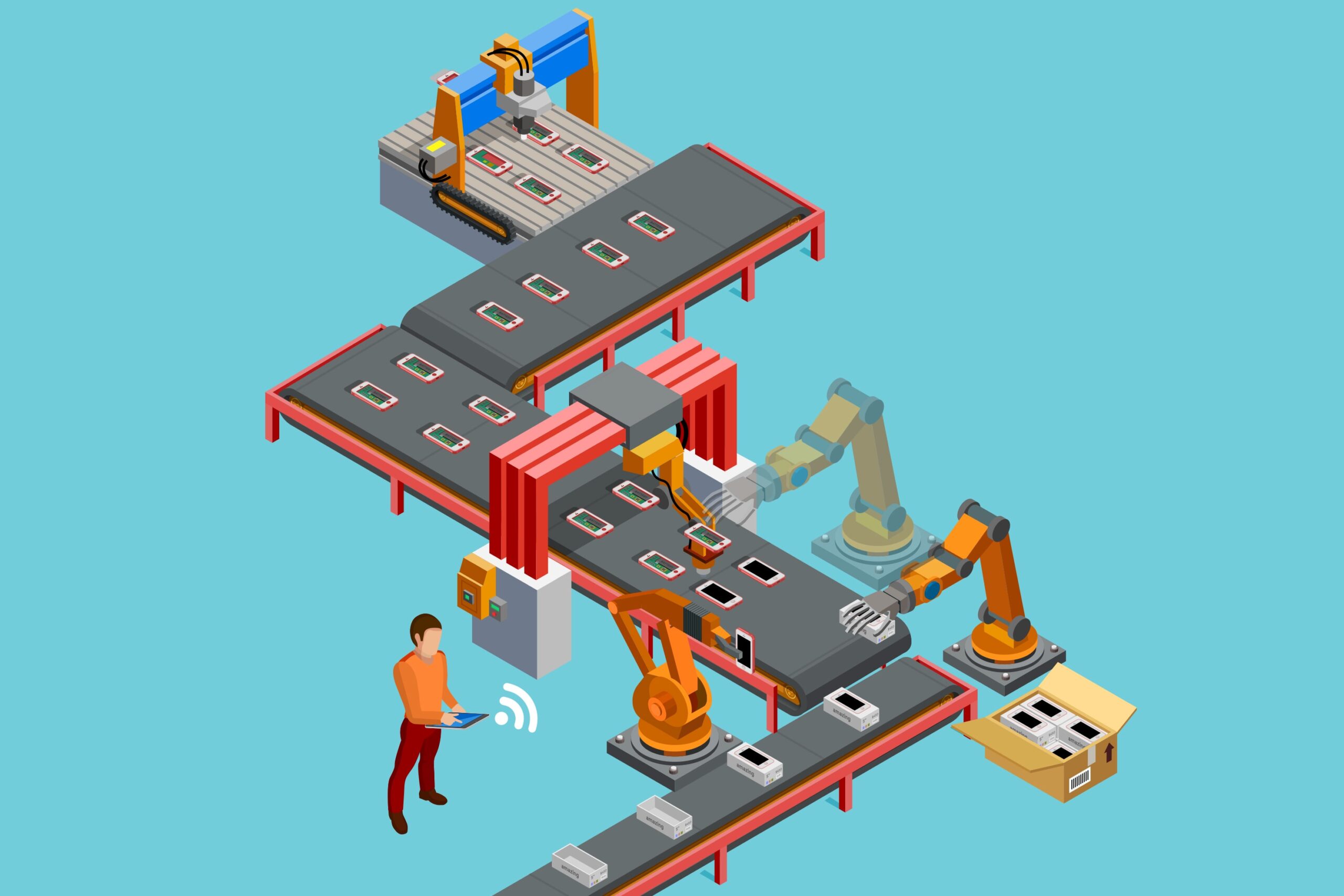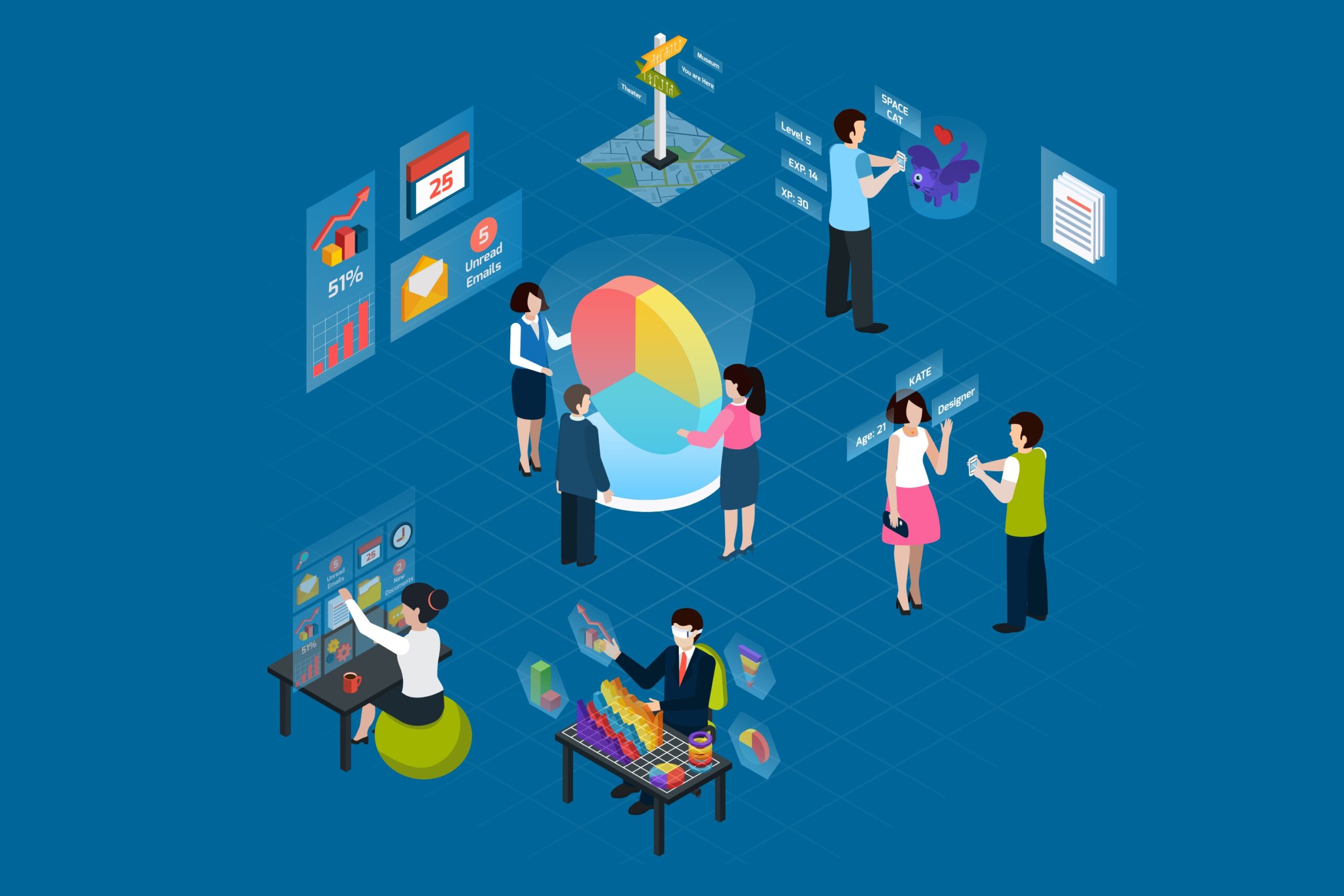By 2021, 50% of large industrial companies will use digital twins which would result in those organizations gaining a 10% improvement in effectiveness – Gartner
Technology has disrupted industries and how they function over the last few years, creating a new revolution termed Industry 4.0. With the inclusion of technologies like the Internet of Things, Artificial intelligence (AI), Machine Learning and AR, industries have evolved to increase efficiency, quality, and reduce production costs. With the emergence of these technologies, the adoption of digital twins has grown as well.
Digital Twins changed the way businesses collect and analyze data, increasing efficiency, reducing errors, overlapping and redundant data. Integrating digital twins in business applications can predict outcomes creating a proactive strategy, instead of a reactive one.
By 2021, half of the large industrial companies will use digital twins – Gartner
13% of organizations implementing the Internet of Things (IoT) projects already use digital twins, while 62% are either in the process of establishing digital twin use or plan to do so – Gartner
First used by NASA for its space exploration programs in 2010, they have broadened the usage of Digital Twins to explore next-generation vehicles and aircraft. Digital twins are now being adopted by large scale businesses with the manufacturing industry has made the most development, transforming from traditional manufacturing to smart manufacturing. While the technical definition for Digital twin has been evolving, Gartner defines it as a “software design pattern that represents a physical object with the objective of understanding the asset’s state, responding to changes, improving business operations and adding value.”
Impact of Digital Twins in Manufacturing
Technologies like IoT, AI, Machine Learning and AR have been disrupting the manufacturing sector in the last few years. The industry has been one of the earliest adopters of cutting-edge technologies and made progressive innovations.
Role of IIoT:
Manufacturing firms have embraced IoT, using sensors to improve business functions creating the term Industrial Internet of Things (IIot).
One of the earliest industries to adopt this technology, manufacturers have leveraged Digital Twins to enhance the product life cycle, services, and supply chain operations. The technology helps manufacturers plan, experiment, predict, analyze, and implement saving costs, time and resources.
The exponential growth of the Internet of Things (IoT) sensors in both consumer and industrial applications there is an abundance of data generated. Due to which building these data-driven Digital Twins has proven to increase efficiency and quality. Since data is in real-time, the digital model can continue to predict outcomes based on real-time analysis.

Manufacturers can work with the digital model of a new product to analyze possible errors, experiment with various outcomes before the product goes to production. The advantage of a digital twin is that it can be used in every stage of the product life cycle from product design to marketing to operations.
Tesla collected real-time IoT data from their consumer cars and used them in digital twins to increase efficiency and performance in both existing and future vehicles. Manufacturing firm of air and vacuum compressors, Kaeser Compressors use digital twins to predict possible failures to reduce downtime.
Digital twin revenues from manufacturing will reach an estimated $4.5bn in 2023, up from $1.4bn in 2019 – Juniper Research.
Manufacturing will account for over 34% of total digital twin revenue in 2023. – – Juniper Research
With the digital models of products, manufacturers have many benefited with:
- Increase reliability and efficiency.
- Easy Faulty deduction and reduced errors
- Test multiple outcomes for optimal solutions
- Get better feedback on designs
- Reduced workflow disruption
- Seamless communication
Role of Artificial Intelligence:
Artificial intelligence is one of the key drivers of Industry 4.0 and has been revolutionizing manufacturing. Many manufacturing uses AI-enabled algorithm to optimize processes. Integrating digital twins with AI helps to identify outcomes to complex virtual scenarios thereby improving product quality and efficiency. AI, machine learning, and deep learning also help in understanding complex virtual data, creating multiple variables that would not be possible real-world data.

Role of Augmented Reality(AR):
Digital Twin models and Augmented Reality can create immersive data visualizations for analyzing complex data. AR lets manufacturers superimpose data on their physical assets for better training, insights and issue detection.
This can be further extended by adding Mixed Reality to the recipe. Workers in an industrial setup can visualize machinery and its key data outputs and workings, extracted from existing SCADA systems, IoT Sensors and other data inputs using VR headsets. This can boost efficiency and reduce turn-around time. The same can be applied for servicing and repairs.

Manufacturers can also use AR-powered Digital Twins for their product explainers and demo. Delphi implemented an augmented reality (AR) experience and deployed at the Automechanika show in Frankfurt. Visitors were able to scan a Honda Civic car and see the entire Delphi product range fitted within.
The AR event experience allowed visitors around the car to select individual parts and discover more information using the augmented reality app.
Digital Twins in other sectors
Though manufacturing firms are the fastest-growing sector to leverage technologies for efficient business functions, other industries are implementing digital twins. Retailers have combined Augmented Reality and Digital Twins to produce a digital replica of a physical product. Customers can see the product in the real world, without stepping in a Virtual Reality setting. Retailers have implemented these to reduce inventory loss and enhancing security.

Healthcare is another sector that has been taking innovative measures to improve current patient treatments. Using Digital Twins, healthcare providers can experiment in a simulated environment to determine the optimal outcome to help patients. Predictive Analytics can also be used in the maintenance of healthcare equipment to prevent workflow disruptions.
Conclusion
As more industries become digitized IoT, AI, machine learning, and other new-age technologies will seamlessly be able to integrate with Digital Twins to provide better results. As data is available with Digital Twins, businesses can optimize on costs, resources, and quality. However, while Large business groups have readily accepted digital twins, it has a long way to go. SMBs and other industry sectors are yet to adopt it, but they do see the advantages of implementing digital twins in their strategic decisions.
Looking for a Strategic Digital Transformation Partner?